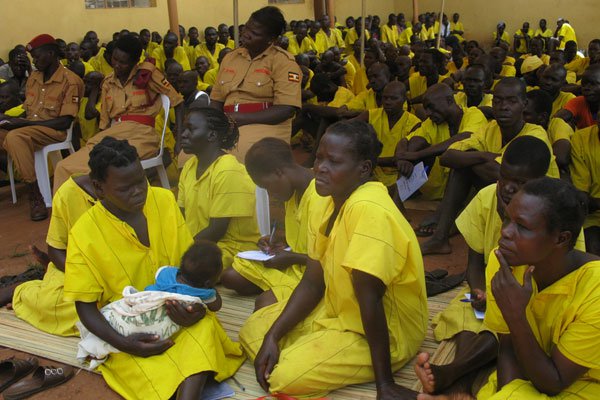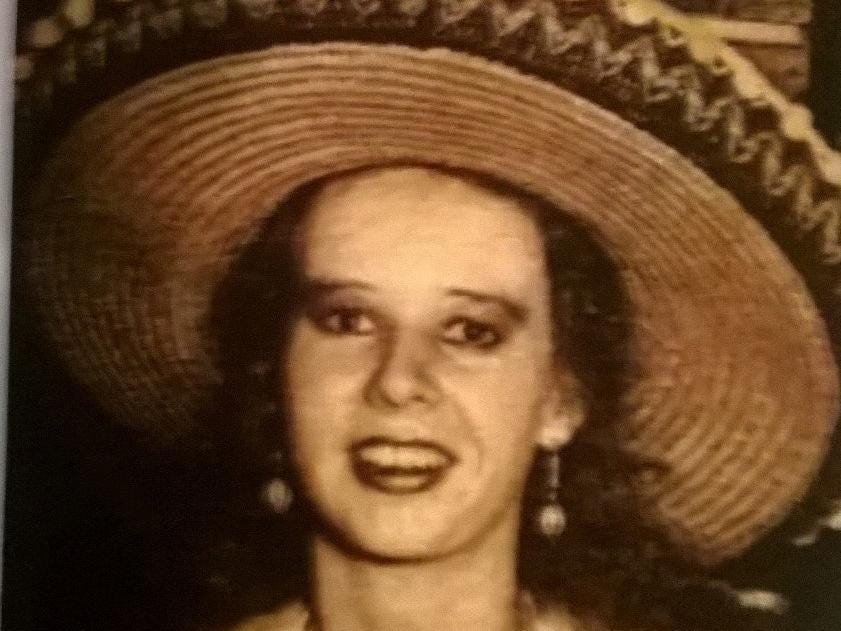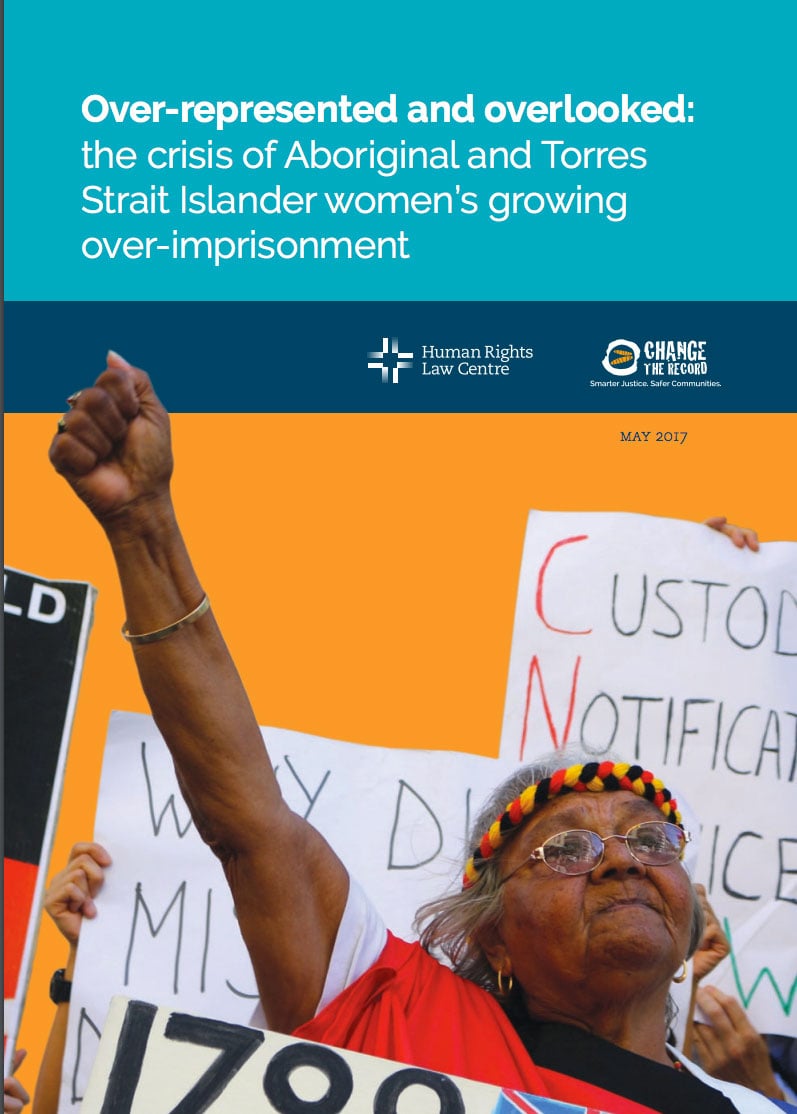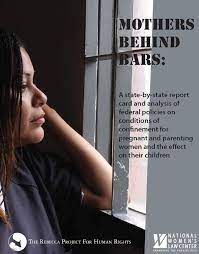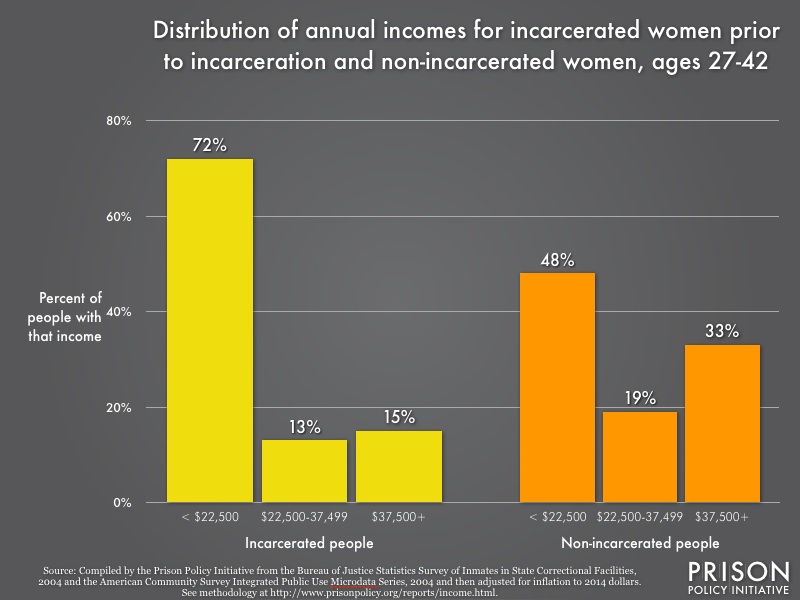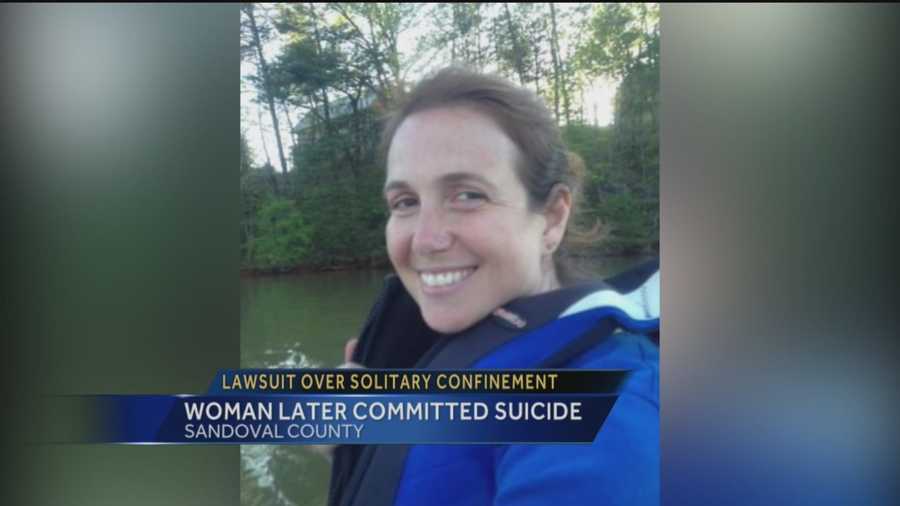
#YouKnowYourLockedUp when …
You have to learn how to thread your eyebrows with a piece of string you’ve pulled from your pants.
You have to make instant coffee with the lukewarm water in your sink.
Breakfast, lunch, dinner, and snacks are all different variations of Ramen.
To keep your sodas somewhat cold, you plop the bottles in your toilet’s water. Pinkies up when you sip, ladies!
“Bend over it and spread ’em open” ceases to have a sexual connotation.
You have to wash your clothes by hand in any available receptacle: a wash basin, a mop bucket; even a cleaned-out trash can when times get tough.
You master the art of the bird bath during lock downs or stints in solitary confinement. Gotta hit the hot areas, people.
You stand by the cell door waiting in anticipation for mail every afternoon, even those days you know none is going to come.
Coffee, water, brush your teeth since the dental department exists only in name and couldn’t be more indifferent. Rinse, and repeat.
You forget trivial things like what your cell phone number was, but remember what your mother’s favorite sweater felt like when the fabric was pressed against your skin.
You get a flashlight beamed in your face every 30 minutes as you try to sleep at night.
Your private, personal, emotionally and psychologically raw, vulnerable journals are read by and the contents inquired about by the search team during routine cell searches. Privacy? Common human decency? What foreign concepts are those?
Your voice is suppressed, your rights violated, your opinions dismissed on a daily basis because you are subhuman: an “Inmate.”
(Photo Credit: Ms. Magazine)

